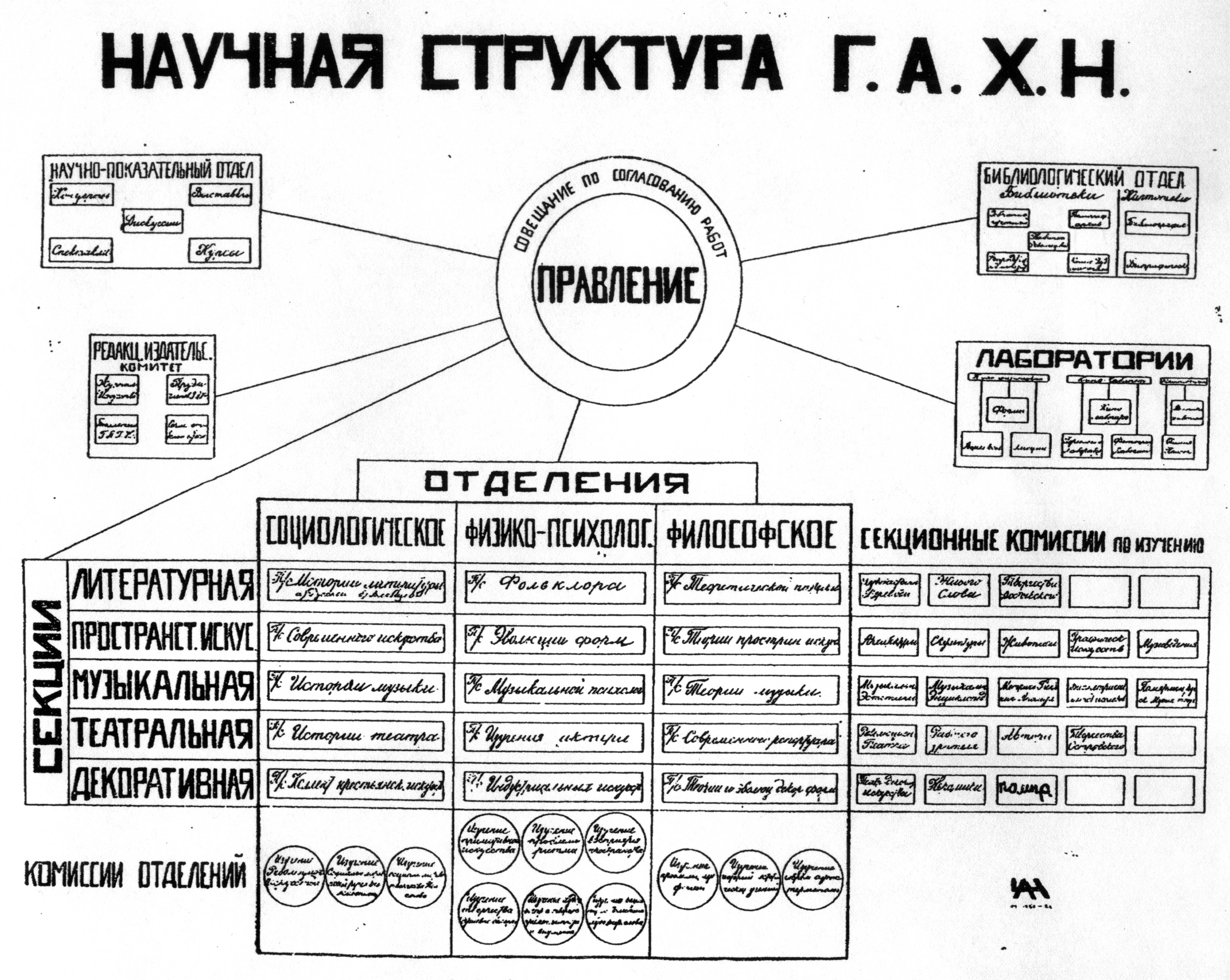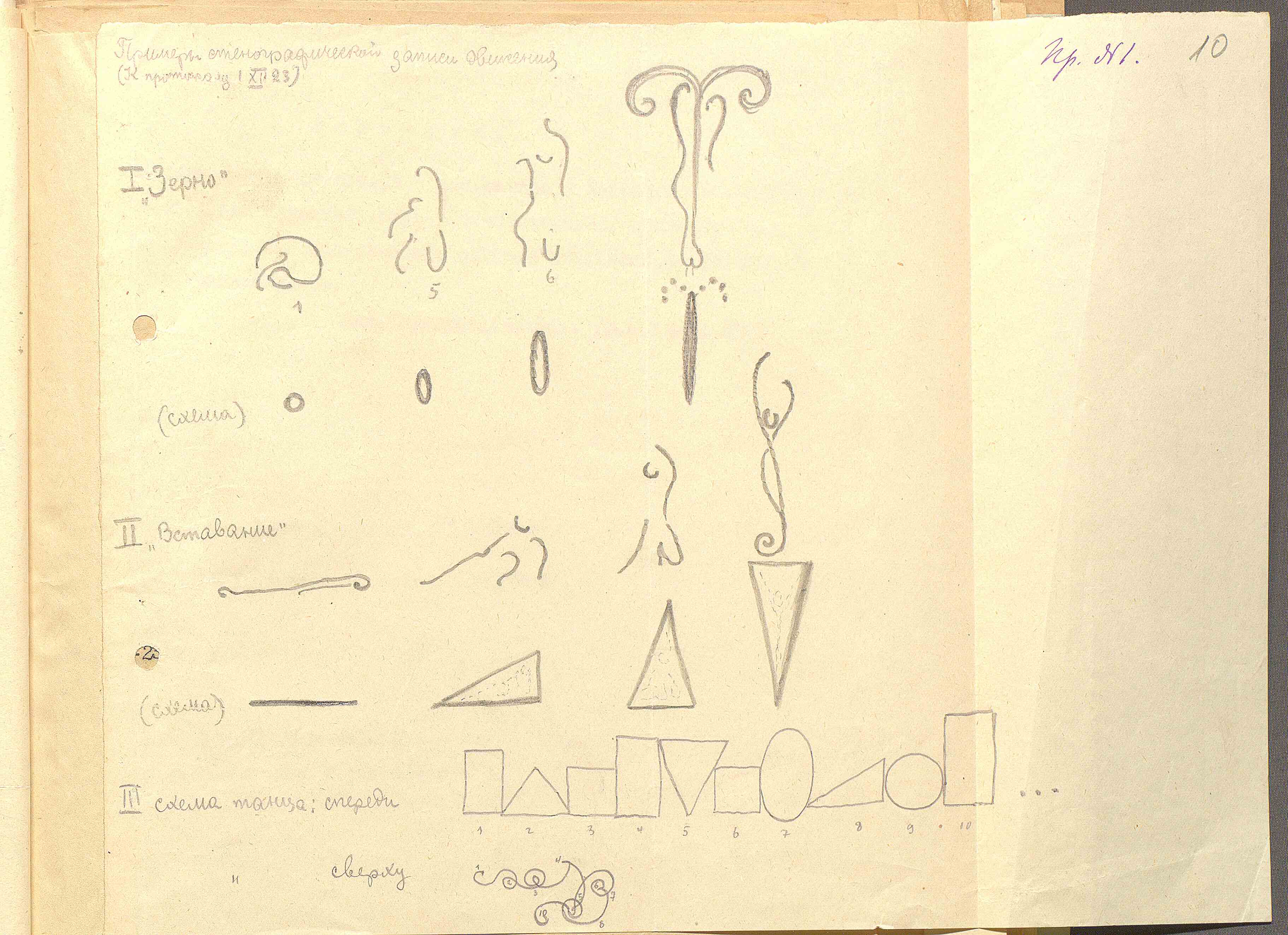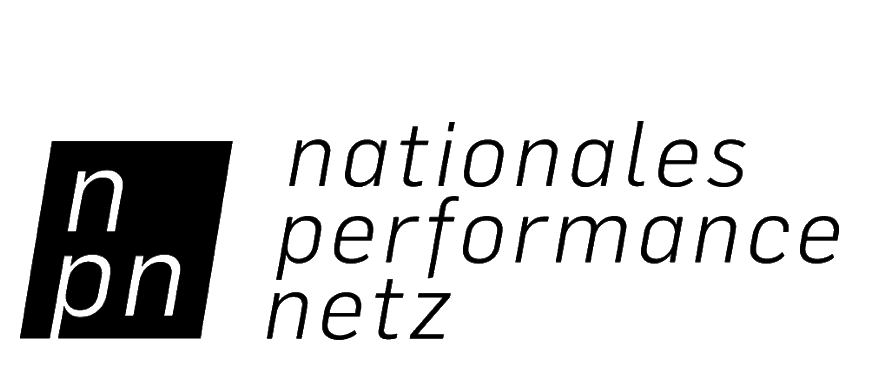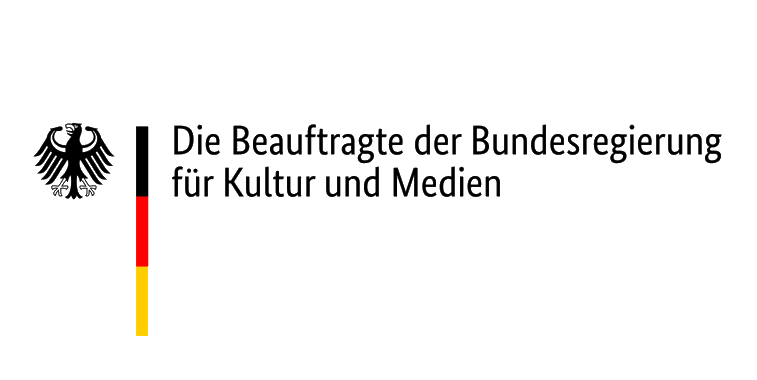Sasha Portyannikova Artistic Profile
Research “Soviet Gesture translated”
“Soviet Gesture translated” is the next iteration of a research project between Sasha Portyannikova and Dasha Plokhova (Isadorino Gore dance cooperative), that has been taken place since 2015. Their aim is to elaborate on an entrance point into a heritage of which little is known and yet carries the burden of subsequent tragedies, to share the discoveries with non-Russian speaking audiences.
This iteration relies greatly on The Manual for the Practical Use of a Dance Archive: Experiments in Choreology, or Where the Soviet Gesture Has Led Us, that is a “… a hybrid publication that comprises of both documentation of the laboratory's work and detailed instructions on how to conduct research through dancing. It is “an instruction, a game, an archive, a protocol, a score to perform contemporary dance. It also operates as a bold proposal for a method to document a dance research process, the dominant component of which is the nonverbal practice of bodily experience of historical concepts and dilemmas.” – Anastasia Mityushina, Public Program curator at the Garage MCA (Moscow).
The object of the research is an archive of the Choreological Laboratory of the State Academy of Artistic sciences.The academy was active from 1923 to 1929. This was a very particular period of Soviet history in Moscow as after the revolution, before Stalin’s dictatorship was established, there was a period of New Economic Policy.
wiki:
The New Economic Policy (NEP) was an economic policy of the Soviet Union proposed by Vladimir Lenin in 1921 as a temporary expedient. Lenin characterized the NEP in 1922 as an economic system that would include "a free market and capitalism, both subject to state control," while socialized state enterprises would operate on "a profit basis.” <…> Josep Stalin abandoned the NEP in 1928 with the Great Break
More info https://en.wikipedia.org/wiki/New_Economic_Policy#End_of_NEP
Not surprisingly, the world's famous Russian Avant-garde shares the same time-frame with this New Economic Policy. State academy of Artistic Sciences (ГАХН) had a branchy and impressive structure:
![]()
Structure of Academy (in Russian and French). Retrieved from https://gachn.de/ru/main/18/
![]()
Structure of Academy (in Russian and French). Retrieved from https://gachn.de/ru/main/18/
The majority of the documents in the Archive of Choreological Laboratory are texts:
![]() Larionov’s working plan of the Choreological Laboratory of the Russian Academy of
Larionov’s working plan of the Choreological Laboratory of the Russian Academy of
Artistic Sciences. May, 13, 1923 Russian State Archive of Literature and Arts (RGALI)
Meanwhile there are also schemes and sketches:
![]()
Example of movement notation, December 1, 1923
Russian State Archive of Literature and Arts (RGALI)
* The first raw: diagram of seed germination
The core of the work was an extraction of the bizarre and mysterious terms from archival texts, in order to use them as tasks or proposals for movement practice.
Examples of terms:
Dr. Faddeev – member of the academy and active participant of the Choreological Laboratory insisted:
This iteration relies greatly on The Manual for the Practical Use of a Dance Archive: Experiments in Choreology, or Where the Soviet Gesture Has Led Us, that is a “… a hybrid publication that comprises of both documentation of the laboratory's work and detailed instructions on how to conduct research through dancing. It is “an instruction, a game, an archive, a protocol, a score to perform contemporary dance. It also operates as a bold proposal for a method to document a dance research process, the dominant component of which is the nonverbal practice of bodily experience of historical concepts and dilemmas.” – Anastasia Mityushina, Public Program curator at the Garage MCA (Moscow).
The object of the research is an archive of the Choreological Laboratory of the State Academy of Artistic sciences.The academy was active from 1923 to 1929. This was a very particular period of Soviet history in Moscow as after the revolution, before Stalin’s dictatorship was established, there was a period of New Economic Policy.
wiki:
The New Economic Policy (NEP) was an economic policy of the Soviet Union proposed by Vladimir Lenin in 1921 as a temporary expedient. Lenin characterized the NEP in 1922 as an economic system that would include "a free market and capitalism, both subject to state control," while socialized state enterprises would operate on "a profit basis.” <…> Josep Stalin abandoned the NEP in 1928 with the Great Break
More info https://en.wikipedia.org/wiki/New_Economic_Policy#End_of_NEP
Not surprisingly, the world's famous Russian Avant-garde shares the same time-frame with this New Economic Policy. State academy of Artistic Sciences (ГАХН) had a branchy and impressive structure:

Structure of Academy (in Russian and French). Retrieved from https://gachn.de/ru/main/18/

Structure of Academy (in Russian and French). Retrieved from https://gachn.de/ru/main/18/
The majority of the documents in the Archive of Choreological Laboratory are texts:

Artistic Sciences. May, 13, 1923 Russian State Archive of Literature and Arts (RGALI)
Meanwhile there are also schemes and sketches:

Example of movement notation, December 1, 1923
Russian State Archive of Literature and Arts (RGALI)
* The first raw: diagram of seed germination
The core of the work was an extraction of the bizarre and mysterious terms from archival texts, in order to use them as tasks or proposals for movement practice.
Examples of terms:
- Artistic Hygiene
- Plastic Chord
- Kink Movement Motifs
- Opposing of different expression modes
- Transition from purely formal to expressive movement
- Expressive gesture of the elevated leg
- Smooth rhythmic movement
- Presence and absence of a gesture
- Sensing-in
Dr. Faddeev – member of the academy and active participant of the Choreological Laboratory insisted:
Books about Soviet Dance Expriments:
Misler N. The Russian Art of Movement (eng) – https://gachn.de/files/data/Misler.Movement.pdf
Sirotkina I., Smith R. The Sixth Sense of the Avant-Garde: Dance, Kinaesthesia and the Arts in Revolutionary Russia
https://www.amazon.com/Sixth-Sense-Avant-Garde-Kinaesthesia-Revolutionary/dp/1350014311
“Artistic is understood <..> as a phenomenon capable to tone up the body”
For more info about this project go here
www.sashaportyannikova.com/soviet-gesture
Sasha Portyannikova
Graduated from Vaganova Ballet Academy (MA’2013), co-founded dance cooperative Isadorino Gore with Dasha Plokhova in 2012, became Fulbright Visiting Scholar in 2018 and danceWeber in 2019. Participated in international scholarship programs with residences in the Netherlands, Switzerland, Germany, Austria, Scotland, Spain and USA. Cooperated with Amnesty International, Goethe Institute, V-A-C Foundation, ZKM, Garage Museum of Contemporary Art, Moscow Museum of Modern Art and others. Sasha creates dances, curates projects, teaches dance in Academia and primary school. She considers dance as a cultural, social, political and research practice.
Moving Margins Chapter II
moving arti|facts from the margins of dance archives
into accessible scores and formats



Supported by the NATIONAL PERFORMANCE NETWORK
- STEPPING OUT, funded by the Federal Government
Commissioner for Culture and Media within the
framework of the initiative NEUSTART KULTUR.
Assistance Program for Dance.
artistic researches
Supported by the NATIONAL PERFORMANCE NETWORK
- STEPPING OUT, funded by the Federal Government
Commissioner for Culture and Media within the
framework of the initiative NEUSTART KULTUR.
Assistance Program for Dance.
© 2021 All rights reserved to Sasha Portyannikova, Nitsan Margaliot and the interviewees.

